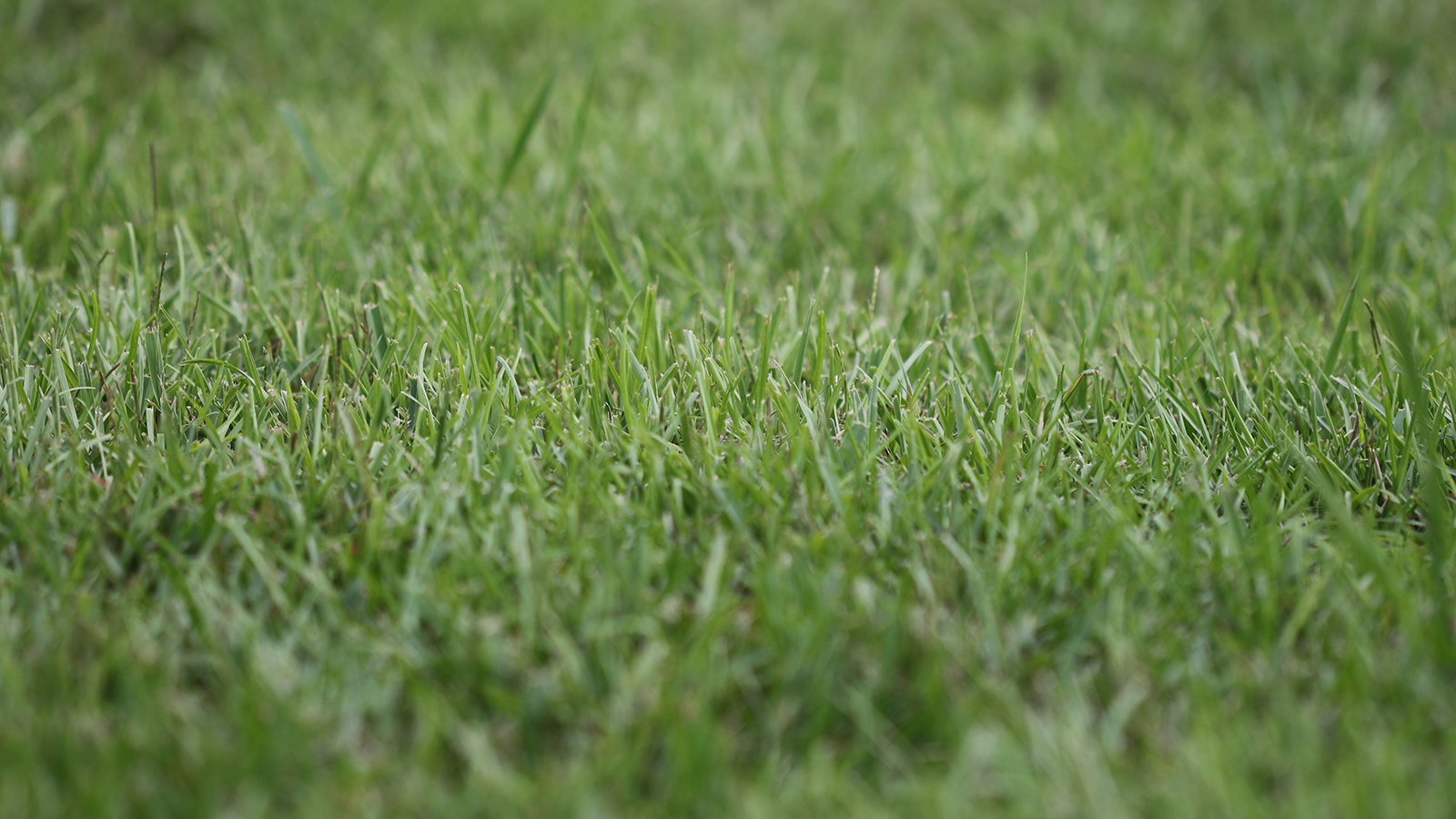
Quite often when I inspect a sick lawn for the first time and ask the home owner to explain his maintenance practices over the past years, I hear something like this, 'Well I put down (major brand fertilizer) four times a year just like it recommended and watered every day for 15 minutes a zone once a day and then I water twice a day when it was really hot. The lawn looked great for the few years and then I just started getting all these dead patches showing up! Now I don't know what to do!'" This is the perfect example of someone "Loving their lawn to death.”
People sometimes have a misguided concept of what a healthy lawn is supposed to look like. Some of the blame for this misconception lies on the fertilizer manufacturers. If you read the covers and advertisements of the big name fertilizer companies you will see things like “Use our product for a greener, thicker lawn” or “Promotes fast green up”. It's true that these products will do what they say, however a dark green lawn that is so thick it feels like walking on foam rubber is not a healthy lawn.
Thicker isn’t better for the warm season turf grasses we grow here along the Emerald Coast. Also, each type of grass has it's own natural shade of green. For instance, centipede grass is naturally greenish yellow and to make it artificially darker than nature intended, by applying a lot of fertilizer, actually stresses the lawn. Although a healthy lawn should not have bare patches, thicker is not necessarily better.
A lawn can become too thick and “top heavy” from applying too much fertilizer and watering too often. When this happens, there is more foliage on top of the soil than the root system below the soil can support, under those conditions the lawn just collapses. Dense, thick grass also becomes much more susceptible to disease and insect activity.
A healthy lawn is one that is actively growing, not declining from pests, diseases or environmental conditions, has relatively few weeds and is completely filled in but not overly dense. If that describes your lawn, trying to make it "better" may actually make it worse.
Another misconception that leads to someone loving their lawn to death is the frequency and type of fertilizer applied to the grass. I find that the people who are the most conscientious about their lawn are frequently the most common offenders when it comes to over fertilization. I blame fertilizer manufacturers for spreading misinformation about how often to fertilize and what type of fertilizer to use. People read the recommendations on the fertilizer bags and advertisements and end up using way too much of the wrong formula of fertilizer for our area. You must realize these companies' main objective is to sell more fertilizer - for them, the more of their product you buy the better!

Early March, when it was still way too early to fertilize, I saw several ads in home improvement store flyers encouraging people to start fertilizing. In one of those ads, they were selling 2 bags at a time - one to apply now and one to apply in 6 weeks! That would way too much fertilizer applied way too early in the year! It would certainly give you a green lawn but at the cost of many problems down the road!
Soil testing is the best way to determine what type and how much fertilizer to use, however as a general rule of thumb our soil is low on both potassium and phosphorus so something like an 8-8-8 would be a good choice.
When is the best time to fertilize? The university of Florida has determined that warm season turf grasses that are grown in our area cannot maximize their nutrient intake until the soil temperature is 80°. Soil temperatures usually do not reach 80° until sometime in May. Applying fertilizer before the soil temperature is warm enough for the grass to absorb the nutrients is wasting the majority of fertilizer applied to the lawn. The fertilizer nutrients that are intended to be absorbed by the grass, filter down into our aquifer and runoff into the many bodies of water we have in this area when fertilizer is applied to early.
The other way that lawns get killed with kindness from their owners is by watering too much. There is a perception out there that lawns cannot survive without constant watering. The truth is that your sprinkler system is supposed to be a safety net to keep your lawn from drought stress, not a crutch to prop it up all year.
Actually allowing the ground to dry out after precipitation or irrigation is beneficial to the lawn for two reasons. First, it reduces the the opportunity for disease to develop in the lawn because moisture plays a significant role in disease activity. Second, as the ground begins to dry out, the grass roots grow deeper into the soil to extract water. This results in a deeper, healthier root system.
So what is the ideal way to water? The best way to water your lawn is deep and infrequently. It's better to water every 3rd day for 45 minutes per zone than every day for 15 minutes. Watering should be done in the early morning hours between mid night and 7:00 A.M.
For more lawn information, you can request a free copy of My book "What Every Home Owner Along the Emerald Coast Needs to Know About Lawn Care” by going to Fatherandsonlandscape.com
If you are struggling with having a healthy lawn, Father and Son Pest and Lawn Solutions offers free lawn consultations. They may be reached for an appointment by calling or texting 850-240-7935 or visiting fatherandsonlandscape.com
